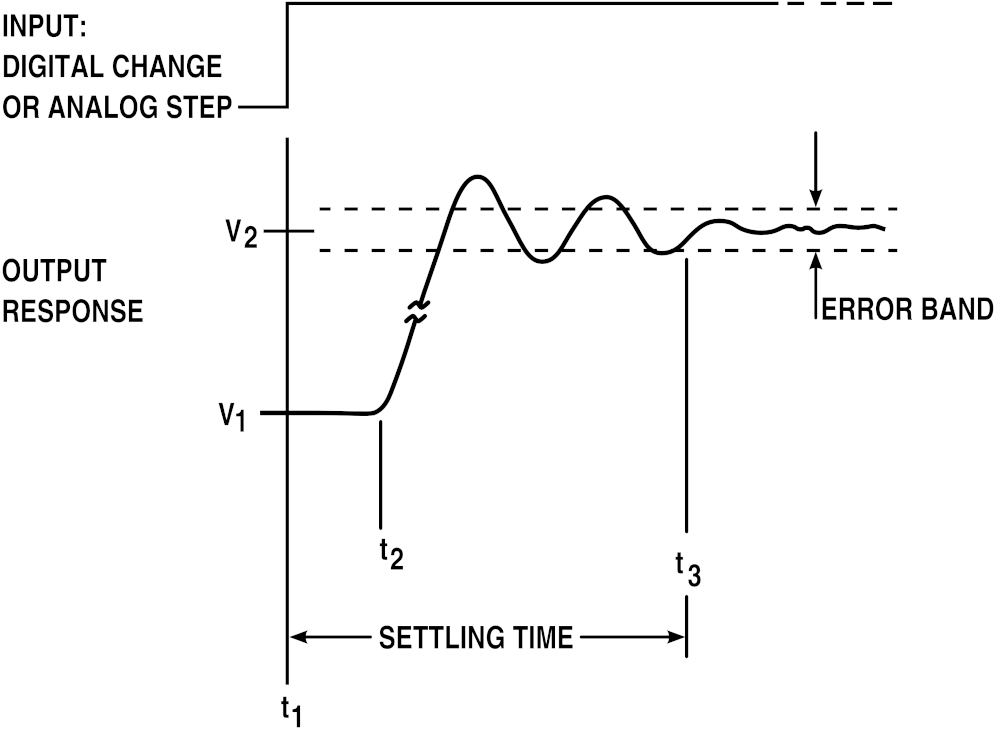09 Input Devices
Probing an Input Device
Jakob Lerch
Probing an input device
9-DoF IMU BNO085
TLE493DA2B6HTSA1 SENSOR HALL EFFECT I2C

Niclas Starost
General
A Step Response Sensor uses a Heaviside-Signal (the 'Step'-Signal) on some system to get the 'Response' of this individual system. (the mathematical base for this type of sensor comes from control-theory) A system in our case is e.g.: air, fingre, foam, etc.

Heaviside-Signal is just the instananious jump from 0 to 1.
!(Source)

Response of a general system to a step signal.\ First it should in some kind increase the output of the system up to a maximum value (because of the constant input to it)/overshoots the actual maximum and then this should slowly 'settle' (decrease to a stable value) to the expected value, and this in a 'ringing'-way (decrease-increase cycle).
!(Source)
This response heavily depends on the 'system' the signal is applied to which changes the 'charge-up-time', 'charge-up-speed' and maximum of the response.
Electrically this means that the sensor uses the environment as a capacitor which is charged up and measured. And for measuring this with a microcontroller there are 2 implementation: Using one ore two input-pins.\ In the first setup, the ground from the environment is used and the pin building the electrical field is also used as the measuring pin. In the second setup, sending and receiving is separated, so that there is always common ground and the change in the electrical field is measured.
The steps inside the sensors breaks down to following:
- Create the step signal by charging up an output pin on a microcontroller (setting the pin to high)
- this actually creates a capacitor with the microcontroller and the environment around it acting as the system
- This then also charges up the environment this pin is in contact with because of the electrical filed created by setting the pin high.
- Then in the simplest setup with one pin, the pin changes to an input-pin and now measures the decrease of the charged-up environment.
- or another pin is used for measuring, here the change in the electrical field is measured
- The measurement loop begins again on 1.
And this is done extremely quick (as quick as possible)
Usually the pins are extended with 'plates' used for the electrical field, where sensitivity depends on the size of the plates.
This can then be used as a sensor for many things because of this general step-response principle, e.g.: resistance, capacitance, inductance, position, pressure, tilt, acceleration, humidity, proximity, touch, multitouch, force, bending, ...